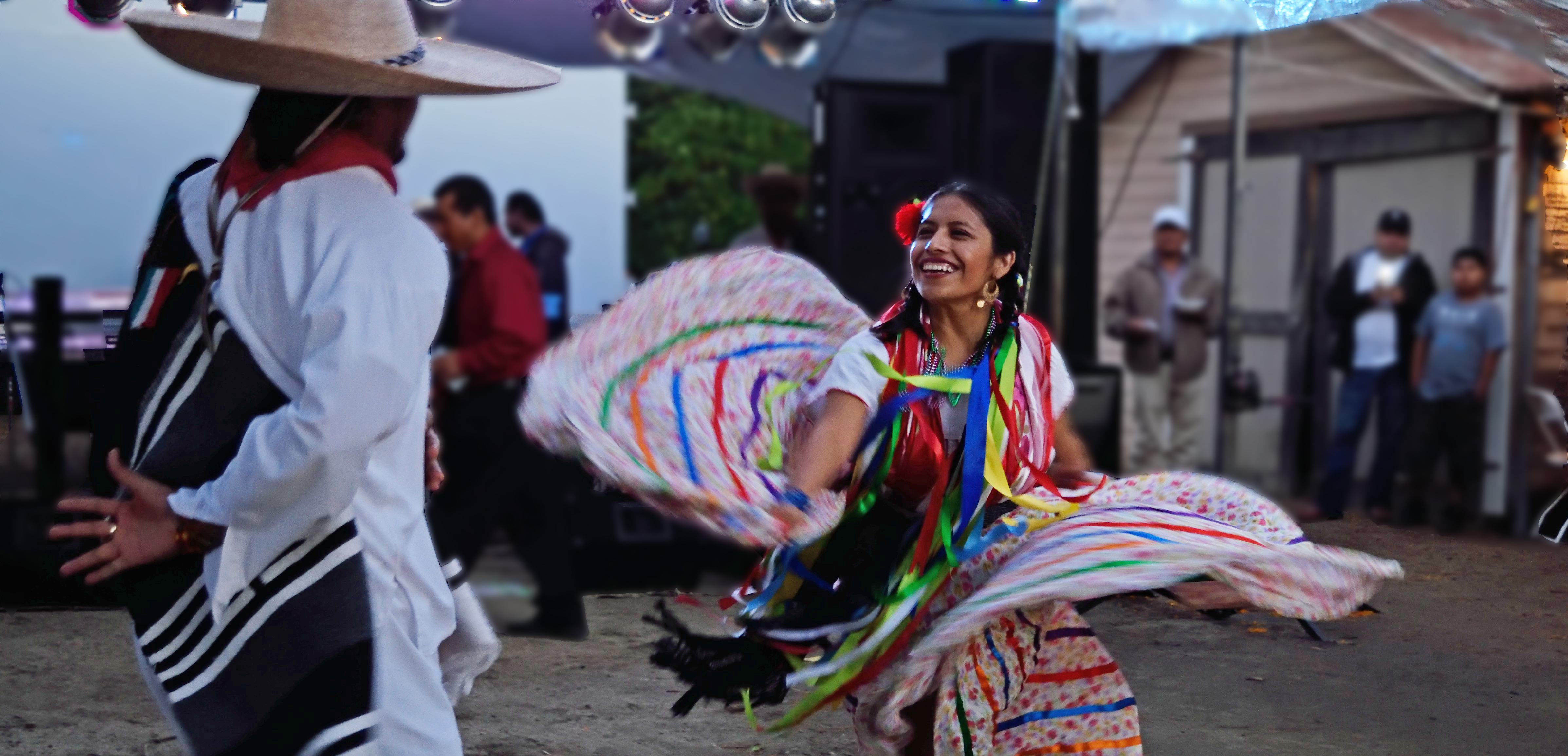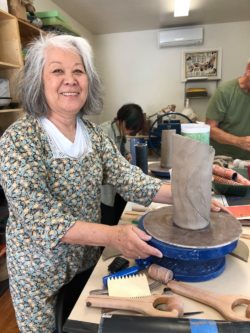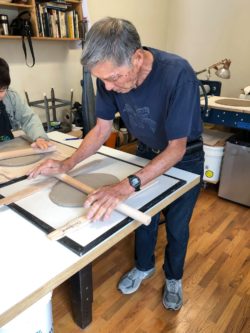
Learn more about this grant program!
The Living Cultures Grant Program has been supporting California's cultural communities through project grants since 2004.
ACTA’s Living Cultures Grant Program helps cultural arts organizations build pathways to nurture, sustain, and engage participation in traditional arts. We asked potter and project director Bob Miyamoto of the two-time Living Cultures grantee organization WasabiKai, a ceramics studio at the Senshin Buddhist Temple in Los Angeles, to share how the grant helped his organization develop their programming.

WasabiKai is a culturally based ceramic program at Senshin Buddhist Temple in Los Angeles, California. Our program began in 2013 with the goal of providing classes that would enrich our understanding and preserve our cultural heritage through ceramics. We have developed and offered the following classes: Japanese dinnerware and plating, covering aesthetics related to ceramics, food, seasons, and plating; making tea and tea bowls using raku techniques; studying the history of tea in Japan as we know it as Japanese Americans, including discussions on matcha tea and instruction on how it is made and served; Goinkyo Yakimono, a class for seniors in our community time to explore their creativity; p ottery and home ikebana classes. We discuss the history of ikebana, which is the Japanese art of flower arrangement, and its relation to pottery. We study simple pottery techniques to make vases for arrangements.
In total, WasabiKai offers five classes a week, each 2.5 hours long. The students are members and friends of our temple community, aged 30 to 94. WasabiKai also supports ceramic projects from Saishin Dojo, a 4-week summer program serving children in grades one to six.

WasabiKai received the Living Cultures grant in 2016 and 2018. Our first grant enabled us to purchase supplies and equipment used in our program. In 2018, we received a grant which funded the development of our latest class, Pottery and Home Ikebana. Through these grants we were able to grow our program to what it is today. We have been able to provide four classes each year and have waiting lists for each class. In addition to the classes, we have been able to hold open studio sessions for those who have taken classes an d wish to continue to explore their creativity in clay.
Rev. Mas Kodani of the Senshin Buddhist Temple has provided each class with cultural insights and meaningful discussions. An important figure in the Japanese American community, Rev. Kodani is also responsible for the introduction of taiko which has become very popular throughout the United States. Our taiko company, Kinnara Taiko, celebrates its 50th anniversary this year. Rev. Kodani is also responsible for preserving Bugaku and Gagaku, traditional court music and dance. The addition of WasabiKai has further enriched our cultural traditions. We hope to grow our program and continue to promote our culture through ceramics.
Thanks to ACTA for supporting our efforts and those of other communities in preserving the traditional arts!
Learn more about WasabiKai and follow their work on Facebook.

The Living Cultures Grant Program has been supporting California's cultural communities through project grants since 2004.

Every gift is a commitment to a culture bearer, and the people of California.
DONATE